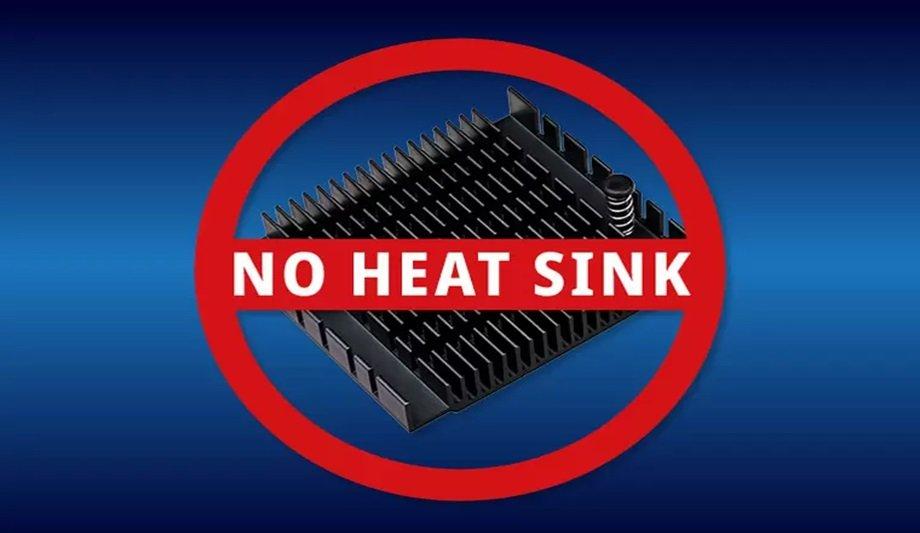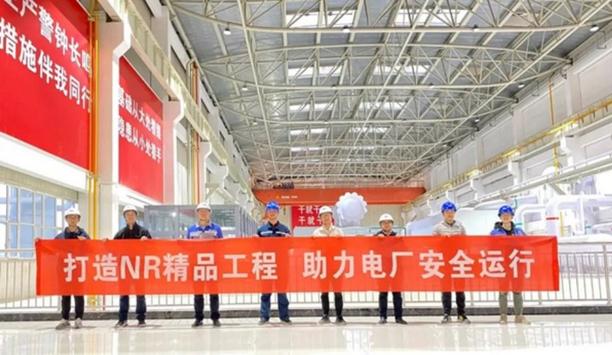From driving LEDs to powering laptops and smart consumer devices, high-efficiency power supplies are a must to minimize power losses and optimize performance.
Inefficient power supplies have higher internal power dissipation, which translates into heat. Removing unwanted heat from the unit translates into additional cost, bigger size, lower reliability, and a decrease in the overall performance of the electronic system.
thermal management
As systems get more powerful and compact, optimal thermal management of electronics has been a continuous challenge for engineers in nearly every industry.
While there are many novel solutions for removing heat from hot power components and packages, such as fans, liquid cooling, heat sinks, and so on, many advances are being made to the products themselves to optimize a system’s thermal performance, thereby minimizing any external thermal management requirements.
Advancing Thermal Management Solutions
Heat-sinking technologies are still relatively bulky components that tend to increase the size and weight
Although heat-sinking technologies have advanced in recent years thanks to improved materials and novel design techniques, they are still relatively bulky components that tend to increase the size and weight of the power supply substantially, as well as adding cost to the overall bill of materials.
In addition, if the system needs forced-air cooling as part of the thermal management solution, then the size of the power system increases even more, and the reliability drops.
high efficiency
Thus, eliminating heat sinks from a power supply can be highly beneficial. System designers must either employ a design that reduces wasted heat by increasing the efficiency of the unit or create a design that is better at removing the heat, for example, some power supplies use the housing as part of a thermal solution, allowing the elimination of separate heat sinks.
However, avoiding heat generation is a more efficient solution, both for AC/DC and DC/DC converters, and high efficiency over the entire load range is becoming more critical for all types of electronic products.
improved efficiency
Take, for example, an 800W supply operating at 90% efficiency.
The 10% loss produces around 80W of heat, which must be extracted by using proper materials and thermal design to ensure that components on the printed circuit board (PCB) or components do not operate at higher temperatures than prescribed, resulting in breakdowns.
efficient power supply
Utilizing a higher-efficiency supply that offers high efficiency across all loads
By improving the efficiency of such supplies from 90% to 95%, the power dissipation will be reduced by 50% (from 80W down to 40W) to make the associated heat generation more easily manageable within a power converter system. Hence, the choice of an efficient power supply for a system design is very important.
By utilizing a higher efficiency supply that offers high efficiency across all loads, the system will dissipate less heat to make thermal management simple and, thereby, eliminate the need for airflow-based cooling or special heat sinks.
Optimizing Performance
RECOM is proud to say that it offers compact, cost-effective, and above all highly efficient AC/DC, DC/DC converters, and switching regulators for a wide variety of applications.
The company believes that the efficiency of a converter, in particular a PCB-mount module where the power density can be very high, is often a critical deciding factor when choosing the most suitable part for a particular application.
high-efficiency power supplies
Accordingly, for such applications, RECOM engineers have developed high-efficiency power supplies that combine the latest architecture with innovative topology, advanced 3D power packaging (3DPP), optimized components, and innovative thermal management solutions to deliver the highest efficiencies from such products so that they offer the highest power density, highest conversion efficiency, flexibility, and high reliability.
Speaking of 3DPP, the company has exploited this packaging technology to reduce two critical parameters, Ψjt and θja, that define the overall multi-path thermal resistance of a power package or a component, to narrow the eventual operating temperature of the thermal source and the case temperature (Figure 1).

high-power density
RECOM’s 30W non-isolated RPMB/RPMH series, which comes in a thermally enhanced 25-pad LGA package
As a result, RECOM has successfully produced high-power density 3DPP products that are designed for high-performance, high-efficiency devices without requiring the use of active cooling methods or large passive heat sinks.
Some examples in this area include RECOM’s 30W non-isolated RPMB/RPMH series, which comes in a thermally enhanced 25-pad LGA package measuring 11.7 mm x 12.19 mm x 3.75 mm high. Offering 99% efficiency, these compact all-in-one power modules require no heat sinks.
in-house automated test system
The company carries out exhaustive testing using an in-house automated test system, climate chambers, and wind tunnel measurements to provide accurate temperature-based data and derating information for datasheets, such as thermal impedance and maximum case temperature figures, efficiency vs. load tables and temperature derating graphs for both standard parts and those that have a heatsink option for extreme operating conditions.
Furthermore, to aid customers in selecting such high-efficiency power supplies, the company has created parametric search tools that allow system designers to pick the optimum supply for their end application so that they can be confident that the power converter will function within its performance limits at extreme temperature environments.






